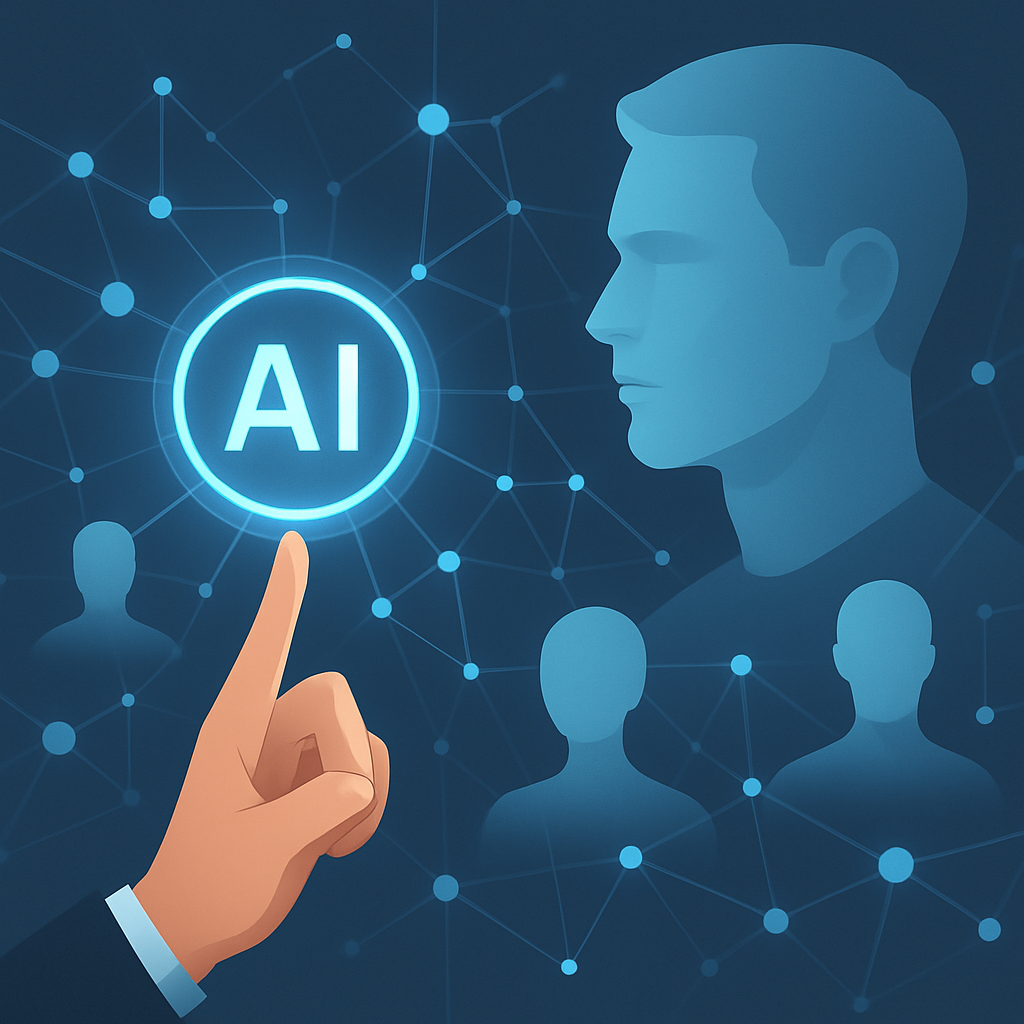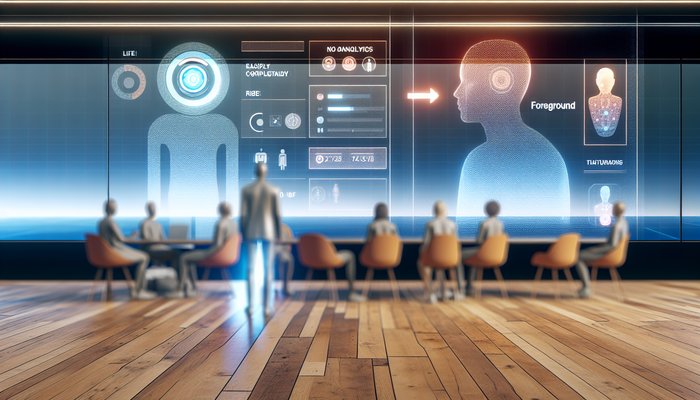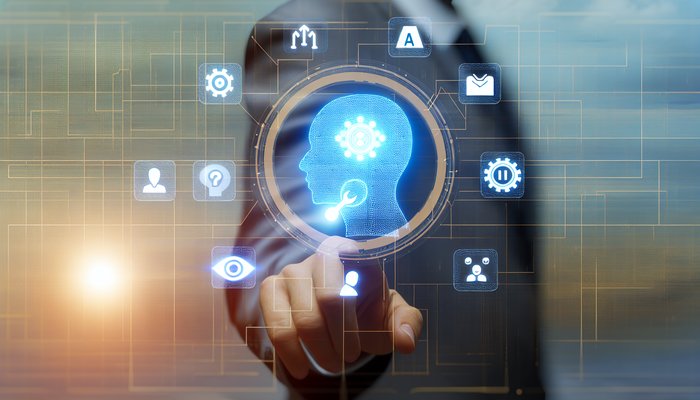game-changing ideasactionable agendas Read more
Author: (page 5 of 7)

Introduction
In today’s fast-evolving HR landscape, the use of AI and predictive analytics is transforming the way organizations approach recruitment and candidate screening. With the advent of advanced machine learning techniques, companies are now able to sift through large volumes of data quickly, identifying the best candidates with unprecedented accuracy. This integration of technology not only enhances decision-making but also plays a pivotal role in ensuring a fair and efficient recruitment process. As the demand for proactive HR solutions increases, understanding predictive candidate screening algorithms has become essential for modern recruiters and HR professionals.

Introduction
In today’s rapidly evolving digital landscape, AI-driven recruitment is transforming how companies source, evaluate, and hire talent. With a strong focus on ethical hiring practices, organizations are increasingly leveraging state-of-the-art technologies to create bias-free hiring processes. This post explores the legal frameworks, advanced methods for fairness and bias detection, and mitigation techniques that are reshaping recruitment.
Our approach emphasizes fairness, diversity, and accountability in automated decision-making, ensuring that recruitment practices not only comply with regulatory requirements but also promote equal opportunities across all sectors.

Introduction to Predictive Candidate Performance Analytics
In today’s data-centric landscape, the integration of AI-driven recruitment Read more

Introduction: The New Frontier of Candidate Evaluation
In today’s rapidly evolving recruitment landscape, organizations are increasingly turning to innovative technologies to refine their candidate evaluation processes. The integration of AI-driven analysis with augmented reality (AR) tools is heralding a revolution in how candidates are assessed, offering both objective insights and immersive evaluation experiences. This approach not only enhances fairness but also helps cut through the noise of traditional evaluation methods, paving the way for a more dynamic, data-driven hiring process. By leveraging the synergistic benefits of artificial intelligence and AR, hiring teams can tap into powerful assessment methodologies that elevate recruitment standards.

Introduction to Personalized AI Interviews
In today’s rapidly evolving digital era, artificial intelligence (AI) is reshaping the recruitment landscape by automating and personalizing various stages of candidate evaluation. The emergence of personalized AI interviews represents a ground-breaking shift that benefits both organizations and job seekers. Driven by innovative technology and data-driven insights, this approach ensures that every interview experience is tailored to individual candidate profiles, ultimately reducing bias and enhancing overall efficiency.


Understanding the Evolution of AI Recruitment
The future of hiring is here, and it’s pretty exciting! Innovative AI Recruitment tools are not only revolutionizing how organizations source talent and screen candidates — they’re making the entire process more human-friendly too. Companies are increasingly leaning on advanced algorithms and machine learning to take the heavy lifting out of recruitment while still keeping that personal touch. The goal? To improve candidate screening, boost talent sourcing accuracy, and streamline recruitment operations like never before.

Introduction to Ethical AI Recruitment
In today’s fast-changing HR landscape, ethical AI recruitment offers a solution to bias while promoting diversity. Advanced algorithms now foster fair hiring practices and help organizations align technology with ethical standards.

Introduction to the New Age of Recruitment
In today’s digital landscape, AI-Powered Recruitment Read more